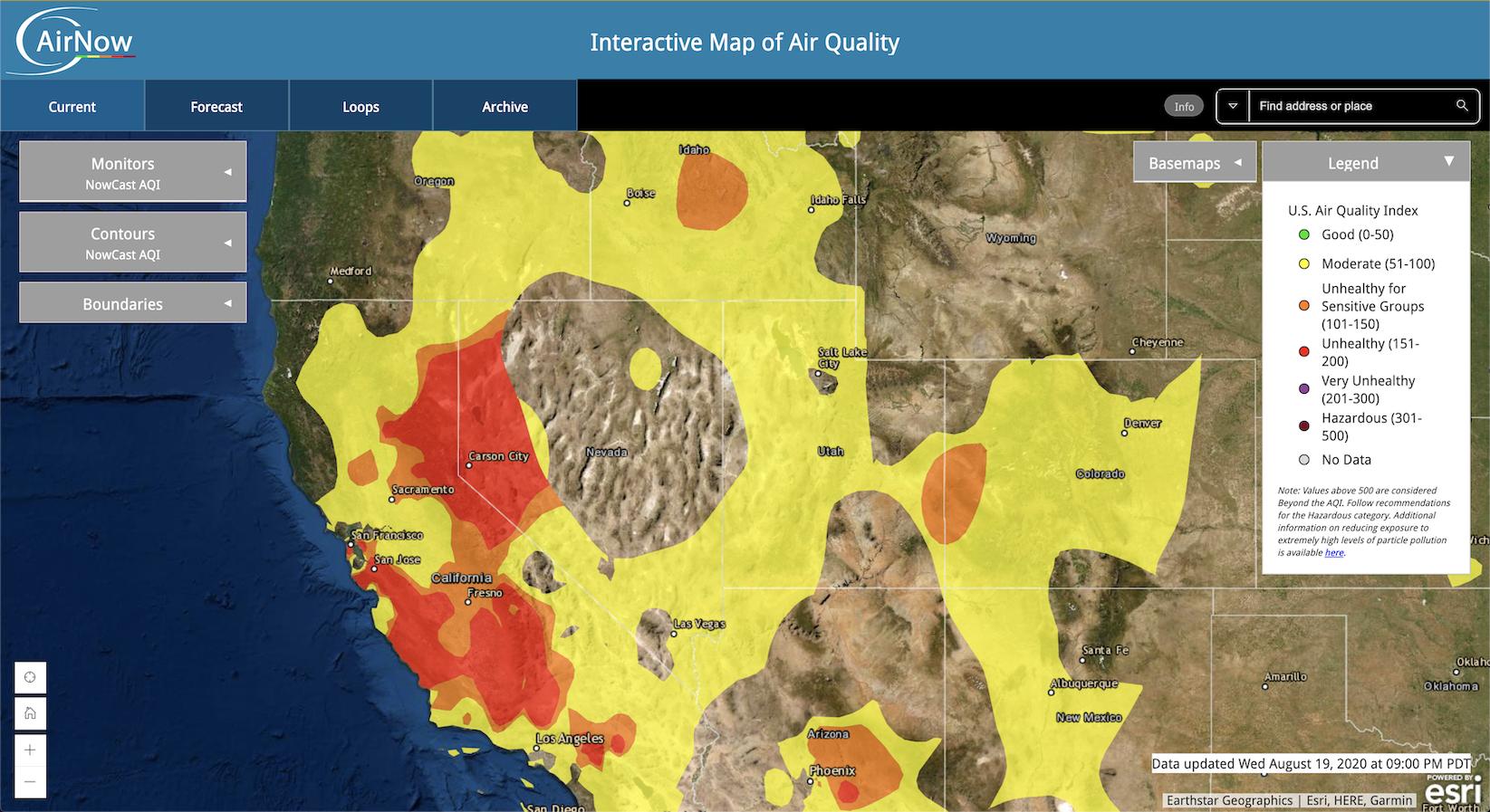I'm confronting once again the California wildfire season. The outdoor air quality is poor right now and it's spreading all over. If we bunker down in place I'm worried about the air conditions inside our living space getting too unbearable. We have a couple of portable HEPA filters and they do a great job filtering and recirculating the air, however we still need fresh air in the building. The trapped heat, humidity, increasing carbon dioxide concentration, major stuffiness, etc is a lot to deal with during the summer heat where normally opening a window to the outside would mitigate all of the above causes of so called "stale air". However in these wildfire conditions ventilating with outside air subjects you to wildfire smoke which immediately and overwhelmingly infiltrates the house.
How can one exchange stale air with the outside while filtering the incoming air sufficiently to ideally eliminate wildfire smoke?
To be concrete we're talking about taking outside air with a Fine Particulate Matter (PM2.5) reading greater than 150 and dropping it down to the healthy range of at most 50.
PM2.5 > 150 ---> PM2.5 <= 50
Here's some background on wildfire smoke that the filters will need to contend with:
Particles from smoke tend to be very small - less than one micrometer in diameter. For purposes of comparison, a human hair is about 60 micrometers in diameter. Particulate matter in wood smoke has a size range near the wavelength of visible light (0.4 – 0.7 micrometers).
https://www3.epa.gov/ttn/amtic/files/ambient/smoke/wildgd.pdf
Particulate Matter, or “soot,” is made of microscopically small particles, either solid or liquid. The smaller the particles, the deeper they can penetrate into the respiratory system, which causes more significant health problems.
Particles less than 10 micrometers in diameter can cause significant health problems. Particles under 2.5 micrometers, called “fine” particles, are considered the most dangerous. Fine particles can easily bypass filters in the nose and throat and penetrate deep into the lungs. Wood smoke from woodstoves and fireplaces is the major source of fine particulate matter in the wintertime in the Bay Area.
Clarification
In case this subtlety was missed, this question pertains to the filtering at point of intake into the building, not after the outside air has first entered the building where at some later point gets filtered by some device inside the building. We're taking about filtering air actively entering a building, not air that has already entered a building.
To use a car cabin as an analogy, think about when you use the recirculate function, eventually the air gets pretty stale and you need to open the windows. To be sure filtered air is not the same as fresh air because the composition of fresh air is more than the absence of particulate matter. In a more or less closed system such as a car you can recirculate through a filter indefinitely and have the cleanest air, but eventually you run out of oxygen. In short filtered air is not equivalent to fresh air.

